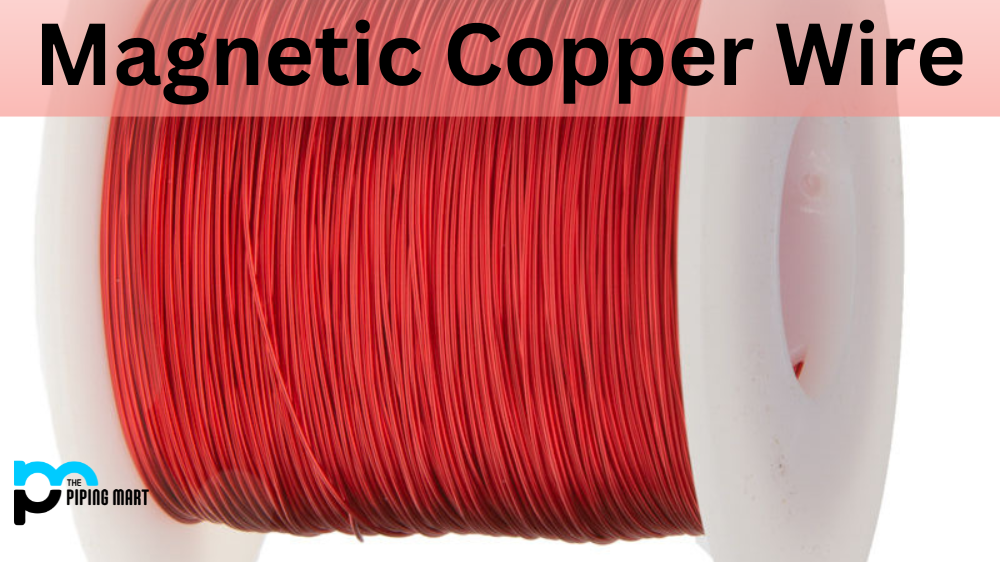Mild steel is a common material used in construction, engineering, and other industries. But how exactly do you join mild steel? There are several different methods for joining this versatile material. In this blog post, we’ll go over the basics of each method so that you can make an informed decision about which one is right for your project.
Welding Mild Steel
Welding is the most popular method of joining mild steel. It’s relatively simple to do and produces high-quality results. Several types of welding techniques are available, including MIG (Metal Inert Gas), TIG (Tungsten Inert Gas), and Stick welding. Each technique has its pros and cons, so it’s essential to research them before deciding which is best for your needs. Generally speaking, MIG is the easiest type of welding to learn but requires a higher skill level than TIG or Stick welding.
Bolting Mild Steel
Bolting is another standard method of joining mild steel. This method involves drilling holes and then using bolts to secure two pieces of metal together. Bolting can be done by hand or with power tools like drills, depending on the size and complexity of the job. This method is quick and easy but does not provide as strong a joint as welding because it relies on friction between the bolt and nut to hold the parts together.
Riveting Mild Steel
Riveting is another popular method for joining mild steel, although it’s less commonly used than bolting or welding due to its more specialized nature. Rivets are small metal pins inserted into pre-drilled holes in two pieces of metal to join them together securely without relying on additional fasteners like bolts or screws. Rivets are especially useful when joining thin metal sheets because they provide a strong bond without requiring excessive force to insert them into place.
Conclusion:
Joining mild steel can be accomplished through several different methods, such as welding, bolting, or riveting. Depending on your needs, one method may be better suited than others—it all depends on what works best for your particular project! Be sure to research each option thoroughly before deciding so you end up with a strong joint that will last for years!

Abhishek is a seasoned blogger and industry expert, sharing his insights and knowledge on various topics. With his research, Abhishek offers valuable insights and tips for professionals and enthusiasts. Follow him for expert advice on the latest trends and developments in the metal industry.




